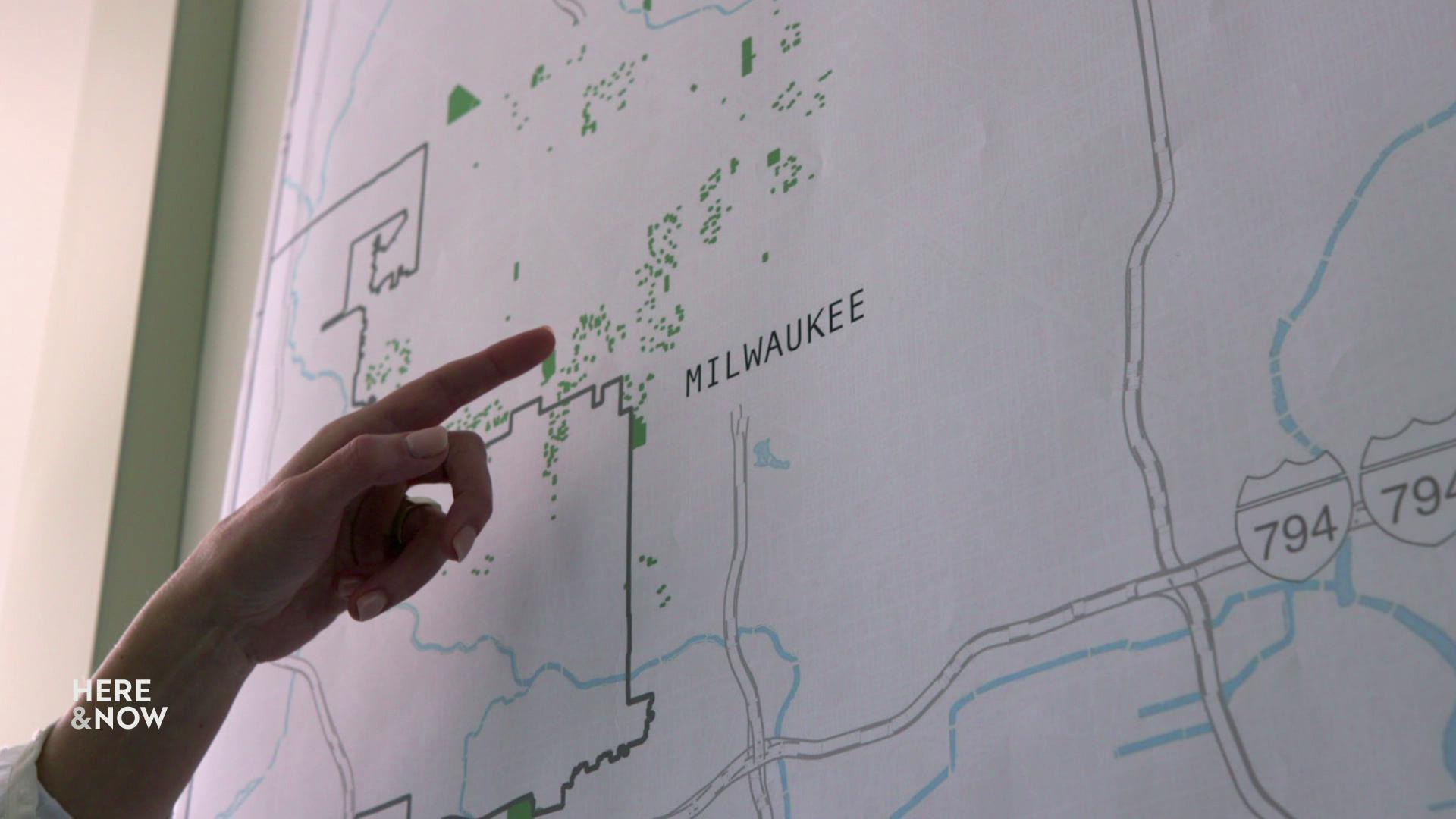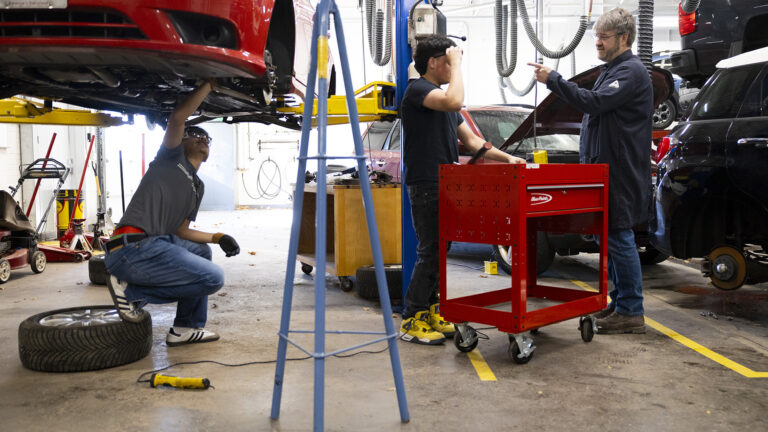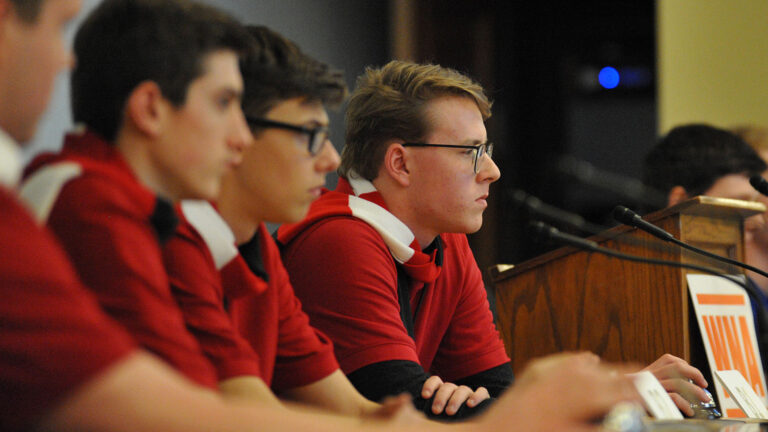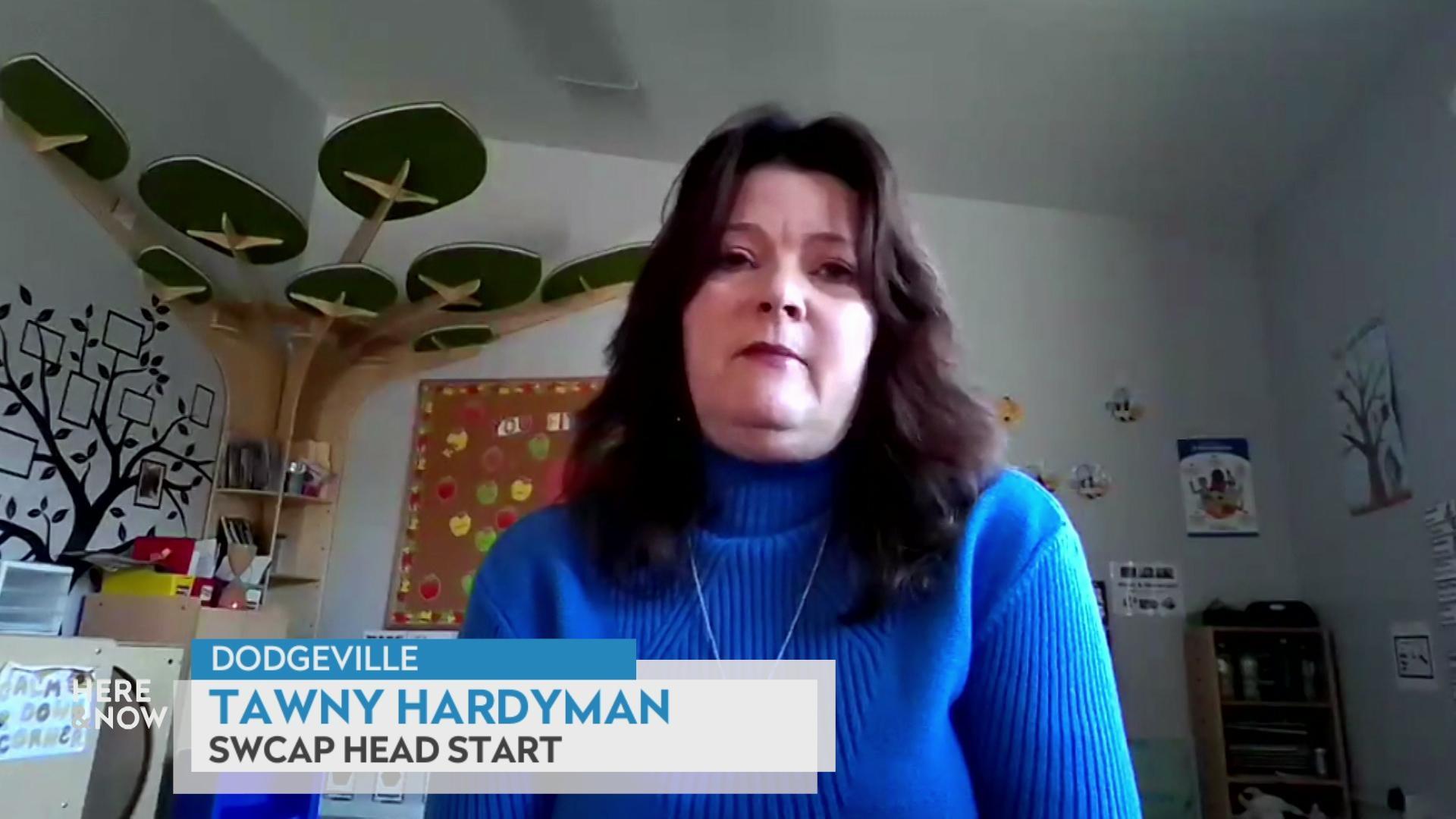Tim Peerenboom on seclusion, restraint in Wisconsin schools
Wisconsin Department of Public Instruction school psychology consultant Tim Peerenboom describes the standards governing when and how students can be secluded or restrained in educational settings.
By Steven Potter | Here & Now
May 27, 2025
VIDEO TRANSCRIPT
Tim Peerenboom:
My name's Tim Peerenboom. I'm the school psychology consultant at the Department of Public Instruction. Seclusion in the law is defined very specifically. It is the involuntary confinement of a student away from their peers, away from other students, in a room or area where they are physically prevented from leaving. A student may grab scissors and try and physically attack a peer or an adult — that would be a situation that could potentially warrant seclusion.
Steven Potter:
What is restraint in a educational setting?
Tim Peerenboom:
Physical restraint is when you immobilize or restrict a student's ability to freely move their arms, legs, torso, or head. A student is only to be secluded or restrained in situations where they present an imminent physical risk to their safety or the safety of others. And on top of that, it also can only occur when seclusion or restraint is the least restrictive intervention feasible, so even if a student does present imminent physical risk, if there are other least restrictive interventions or supports that can be provided, seclusion or restraint should not be used.
Steven Potter:
What does that look like? Is that a bear hug? Is that different techniques?
Tim Peerenboom:
So, there are several different training programs that provide training on techniques that are, quote, unquote, safe. And I say safe meaning safer than others. There are definitely prohibited techniques. Any technique that restrains a student down on the floor or restricts their breathing in any way is illegal, for obvious reasons. There are safer techniques and methods to do it. Typically, they take more than one person, particularly for older students. For younger students, there are techniques that are acceptable for smaller students. But the trainings emphasize several different things. One, it needs to be obviously safe for the student, or as safe as possible for the student, but also needs to be safe because the person engaging the student in the restraint is also accepting some physical risk that they might get injured on top of the psychological risks that we know occur both for the student being restrained, the people doing the restraining, and anyone else who loves or cares about the kid.
Steven Potter:
And then what happens after restraint is used? And seclusion, for that matter — is there talking with the student? 'Cause you mentioned psychological impacts. Tell me about what happens after.
Tim Peerenboom:
Yeah, so the law requires debriefing to occur, meaning the people involved and administrators and parents. There's certain communication requirements that need to happen with the intention of figuring out what happened, and then discussing and determining ways to prevent that from happening again. With the student themselves, there definitely needs to be debriefing. Oftentimes these students are students with IEPs. In fact, the overwhelming majority of students who are secluded and restrained do have IEPs, meaning they are identified with some sort of disability. So, through that debriefing process and through just the IEP process and knowing the student and collaborating with parents, other staff members, figuring out plans to prevent that from happening again. Oftentimes with the student, that involves teaching new skills. But certainly after a seclusion or restraint, that can really impact a student's relationship with the individual who secluded or restrained them. It can impact their feelings about school, whether or not they feel safe and accepted and welcome there. So, doing supports and interventions and repairs after a seclusion or restraint are really important as far as being a part of keeping it from happening again, because if a student feels like they are not treated in a way that is safe and respectful, that's not something that's going to prevent that behavior from happening again. You get into a cycle where a student just simply feels like they know what's going to happen, so why work to change?
 Passport
Passport











Follow Us